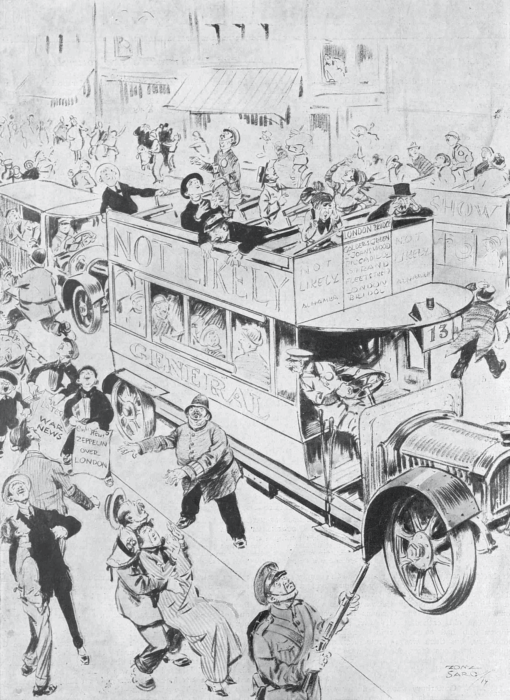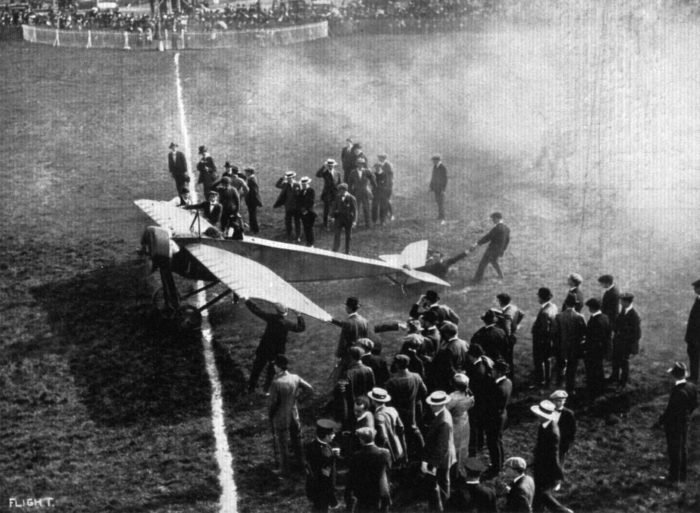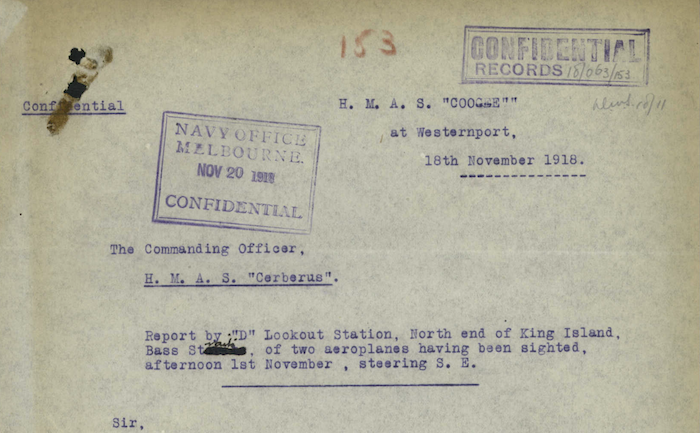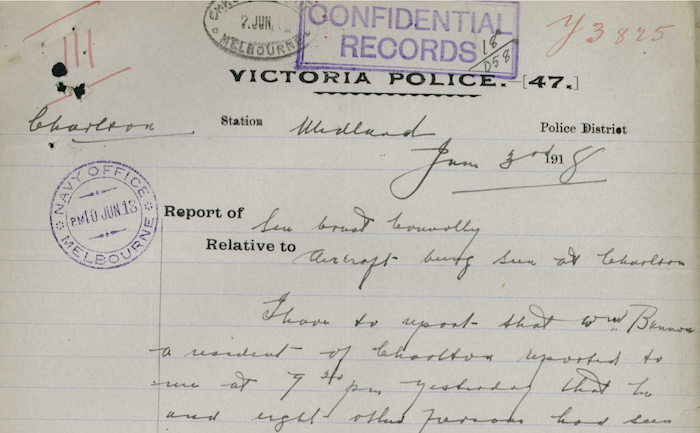Aerial theatre in the time of coronavirus?
[With apologies to Gabriel García Márquez and Ben Wilkie.] It’s not that long ago that I was posting about the Australian bushfires; now it’s the turn of the coronavirus or COVID-19 pandemic, and it’s worldwide. Social media is an essential tool in such times of crisis, but it also can be a misleading one. Here’s […]







